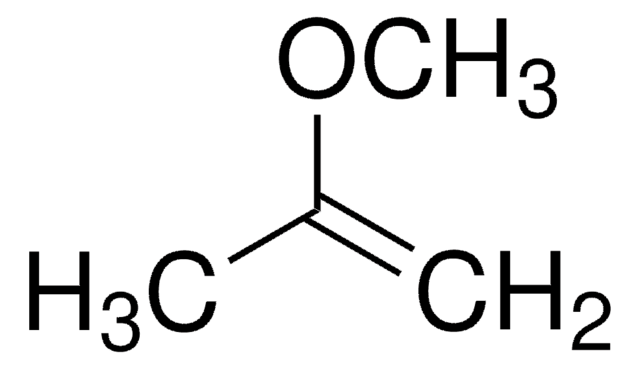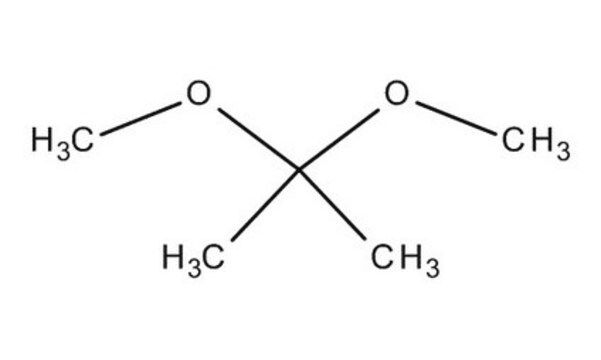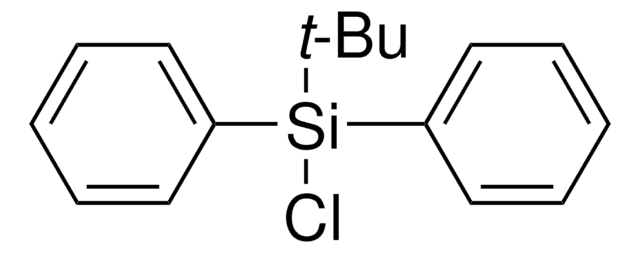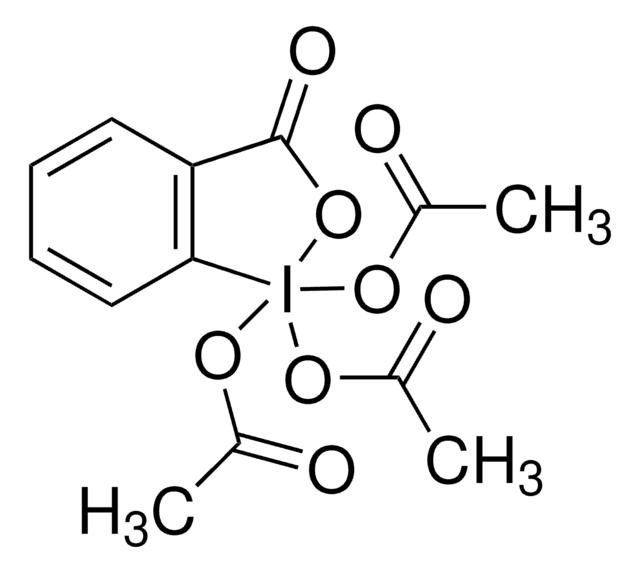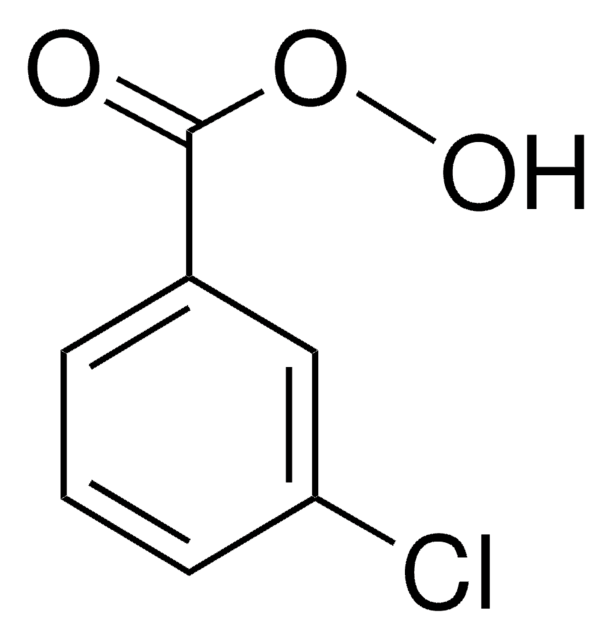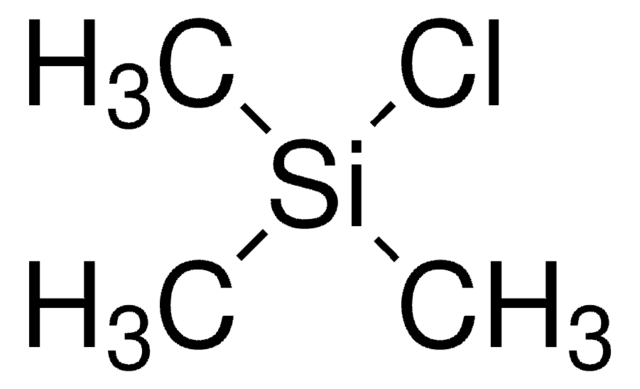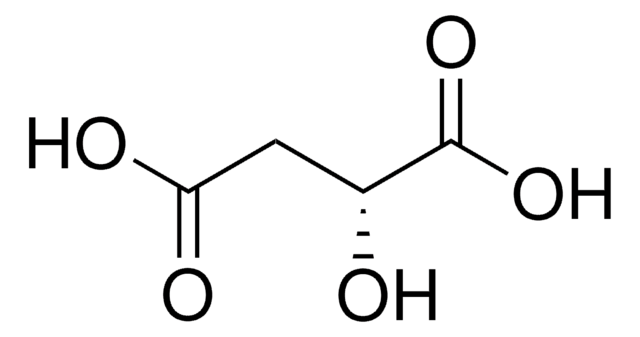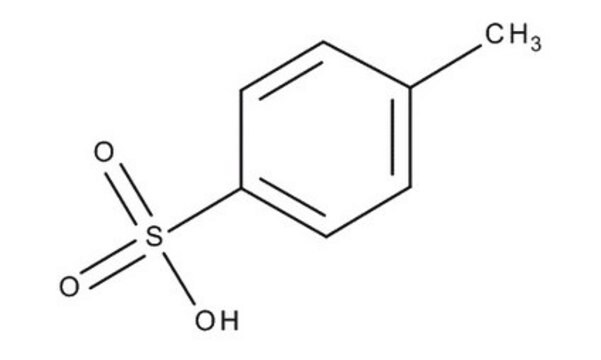D136808
2,2-Dimethoxypropane
reagent grade, 98%
Synonyme(s) :
Acetone dimethyl acetal
About This Item
Produits recommandés
Qualité
reagent grade
Niveau de qualité
Densité de vapeur
3.59 (vs air)
Pression de vapeur
60 mmHg ( 15.8 °C)
Pureté
98%
Forme
liquid
Limite d'explosivité
31 %, 58 °F
6 %, 27 °F
Indice de réfraction
n20/D 1.378 (lit.)
Point d'ébullition
83 °C (lit.)
Densité
0.847 g/mL at 25 °C (lit.)
Groupe fonctionnel
ether
ketal
Chaîne SMILES
COC(C)(C)OC
InChI
1S/C5H12O2/c1-5(2,6-3)7-4/h1-4H3
Clé InChI
HEWZVZIVELJPQZ-UHFFFAOYSA-N
Vous recherchez des produits similaires ? Visite Guide de comparaison des produits
Description générale
Application
Mention d'avertissement
Danger
Mentions de danger
Conseils de prudence
Classification des risques
Eye Irrit. 2 - Flam. Liq. 2
Risques supp
Code de la classe de stockage
3 - Flammable liquids
Classe de danger pour l'eau (WGK)
WGK 2
Point d'éclair (°F)
14.0 °F - closed cup
Point d'éclair (°C)
-10 °C - closed cup
Équipement de protection individuelle
Eyeshields, Faceshields, Gloves, type ABEK (EN14387) respirator filter
Faites votre choix parmi les versions les plus récentes :
Déjà en possession de ce produit ?
Retrouvez la documentation relative aux produits que vous avez récemment achetés dans la Bibliothèque de documents.
Les clients ont également consulté
Protocoles
Explore how GC can be used to analyze fatty acids either as free fatty acids or as fatty acid methyl esters.
Notre équipe de scientifiques dispose d'une expérience dans tous les secteurs de la recherche, notamment en sciences de la vie, science des matériaux, synthèse chimique, chromatographie, analyse et dans de nombreux autres domaines..
Contacter notre Service technique
